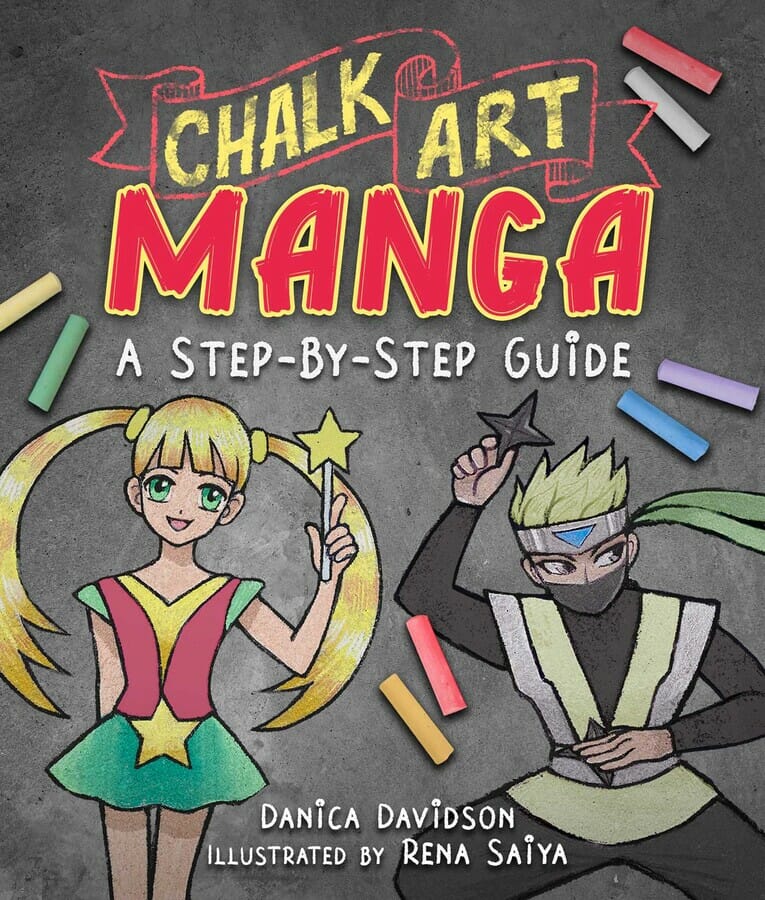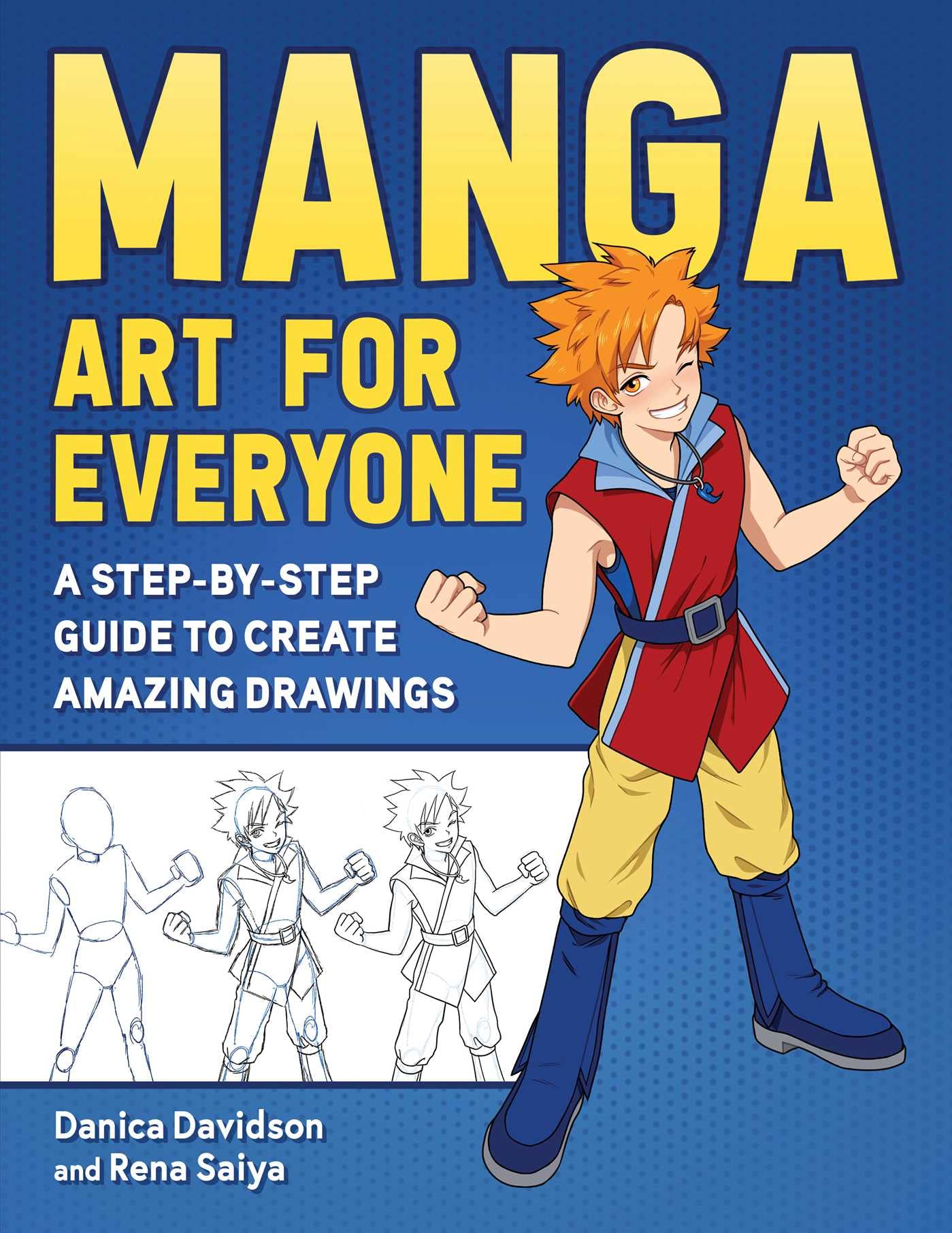Danica Davidson is an author with a Webby honour and credits at MTV, and that’s just what is squeezed onto her Amazon profile. Adventure stories, adventure stories in words like Minecraft and thousands of articles decorate this prolific talent’s credits. Today, Danica’s experience working with mysterious mangaka on art and technique books is the focus.
Last month, Geek Native published an art interview with Rena Saiya, a professional manga artist. This month, we publish the partner piece, a guest post from Danica about what it’s like working on a publishing project with a manga creator.
There’s a twist, of course. We’re particularly interested in using chunky chalk to create manga, as that’s the focus of Danica and Rena’s latest collaboration.
Working on Books with a Real Manga Creator
by Danica Davidson
To a lot of the world, manga creators are mysterious. They’re talented, they’re secretive, they write and draw stories that keep us up at night and make their way into our dreams.
It’s really hard to reach a manga creator. In the West we love to show our faces for the cameras and publicity, but manga artists sometimes won’t let their faces be seen by the public. If they go out, they might wear a mask (for reasons other than COVID).
There is also the issue of a language barrier. In my public school, they offered Spanish and French. Japanese? No way. A lot of people will have to learn on their own or wait till college before there’s an option to learn Japanese.
I’ve been a manga journalist for years, and for a big chunk of those years, I never personally met a manga creator. I just wrote about their work.
But that changed when I met Rena Saiya, a professional Japanese mangaka. She and I have worked on two books together, Chalk Art Manga and Manga Art for Everyone.
How did I find a mysterious mangaka? Easier than you think: on LinkedIn. I was trying to find an artist to work with me on the sequel to the bestselling Manga Art for Beginners, the first book I ever sold.
With Manga Art for Beginners, I worked with Melanie Westin, an American manga fan with great skill in the art style. My publisher wanted a sequel and Melanie was busy with other things and passed on working on it, so I went to sleuthing. My dream had been to work with a real manga creator, but I wasn’t sure how I could possibly go about it.
Then, lo and behold, there was Rena’s LinkedIn profile. She explained that she was a professional manga creator who also spoke English and was interested in publishing abroad. She also had a website that showed off her artwork. I showed this to my agent, who also agreed this looked great, then I emailed her.
After a few back-and-forth emails where I explained the book and the situation, we were good to go. I wrote up the book’s outline and took care of the writing in it, and Rena supplied the step-by-step illustrations.
And if you’re wondering, How do you communicate in your different time zones . . . well, it’s not always easy. Japan’s time zone is thirteen hours ahead of mine. The best we’ve found is to talk at night for me and in the morning for Rena. This is where Skype is our best friend. Like the idea of the mysterious mangaka, Rena tends not to show her face when we Skype. Instead she usually shows me her computer screen and we discuss work.
Our sequel to Manga Art for Beginners, called Manga Art for Everyone, came out this summer. It shows the steps of drawing manga characters with more detail than you see in other art books, and also gives pointers on how actual Japanese manga creators work.
From there we created the world’s first-ever book on how to create manga style characters with chalk art. This was an idea my editor had, and I loved it. So many kids love chalk art on the sidewalk, and so many people love manga, so why not combine the two?
Chalk Art Manga ranges from simple to more complex. Kawaii candy and sushi, hamster and cat, unicorn and T-rex, ninja and magical girl.
Rena has taught me more about how the manga business works in Japan, and this information has gone into our works. She has an insider’s knowledge from publishing in Japan. What pens to mangaka use? What software? What paper? All of this is explained in Manga Art for Everyone.
With one Eastern and one Western creator working on these books, we find the balance where I know what’s going on in the Western market for manga, and Rena knows what is going on in the Eastern market for manga, and we can combine our knowledge and talents for these books. Because who wouldn’t want to learn from an actual manga creator what goes into creating manga?




